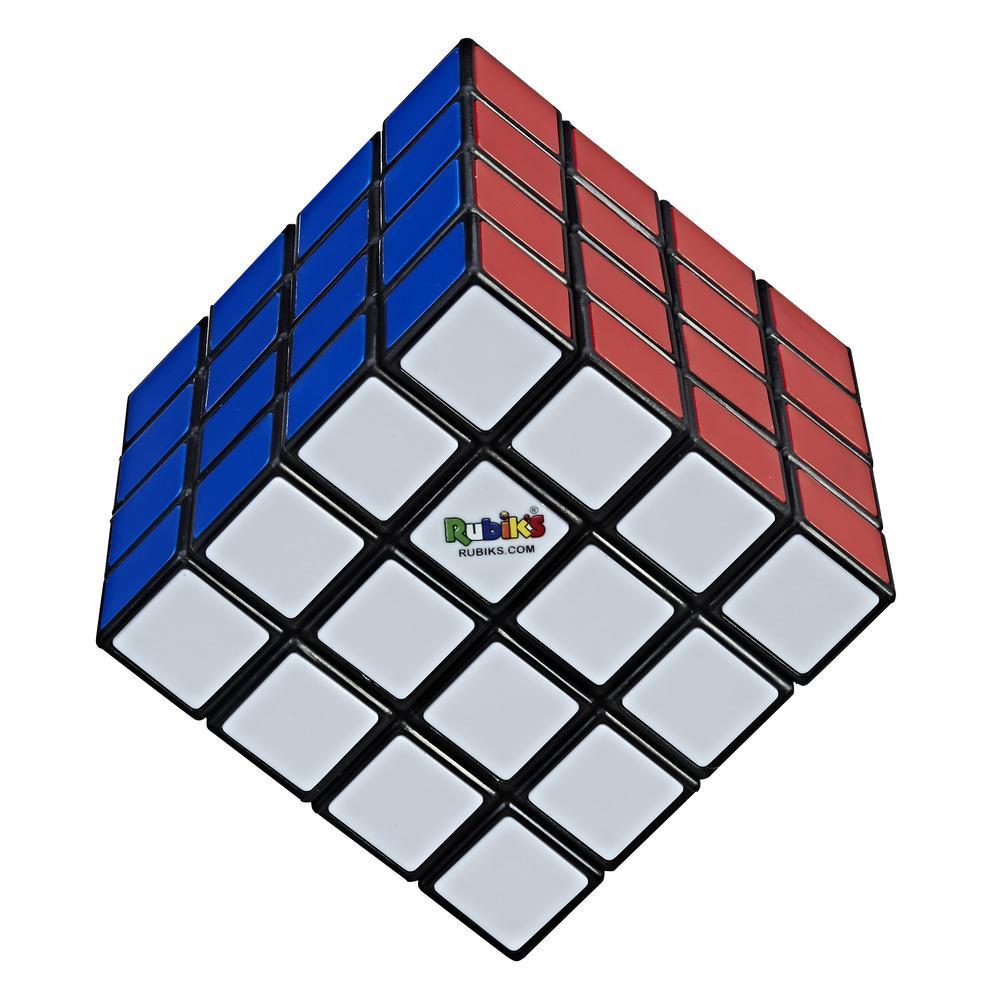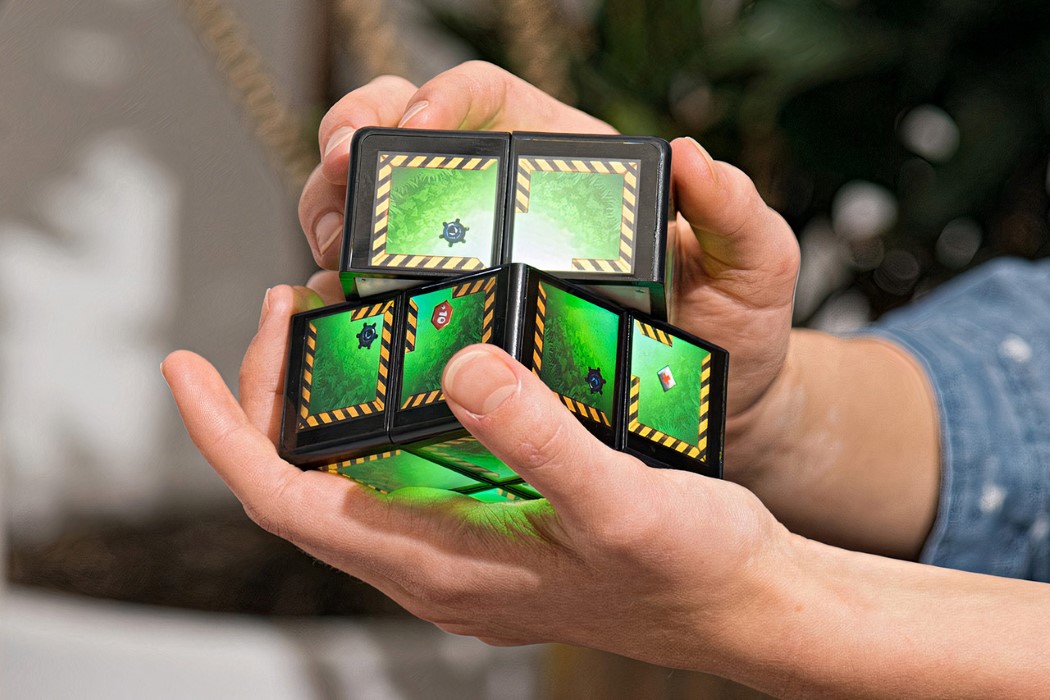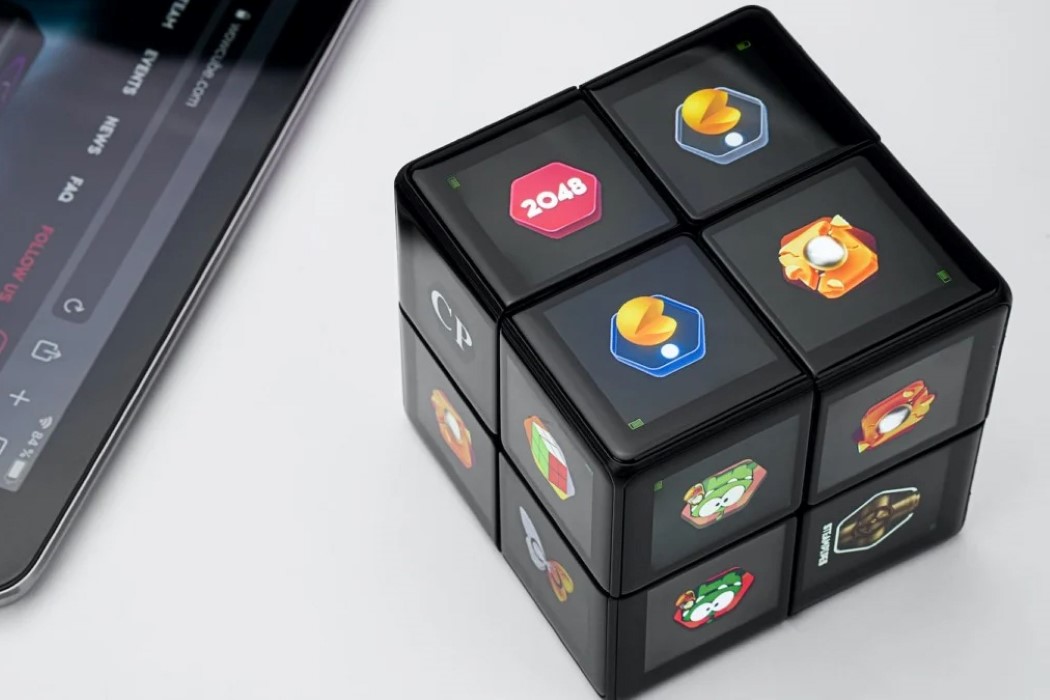

Since it is impossible to rotate just one piece 90 degrees on a cube, this move has the side effect of rotating the top middle-center piece 90 degrees counterclockwise. Pretend that the sides are like doors mounted on hinges, and have swung open so that you can see them. Instead, the hidden sides are displayed as "hinged" to their neighbors. Also, since we're dealing with pictures/logos now, we will no longer use the "mirror" convention to show reflections of the hidden sides. Move 1 rotates the piece clockwise, while the Reverse of Move 1 rotates it counterclockwise. Use the following move (or its reverse) to rotate each of the middle-center pieces that needs to be rotated by 90 degrees. Move 1: Rotating a middle-center piece by 90 degrees To further clarify this notation, Move 1 has detailed accompanying figures to better describe it. Look directly at the side described to determine which direction is clockwise.ĭetermine the direction to rotate the V (vertical) slice by looking through the right hand face.ĭetermine the direction to rotate the H (horizontal) slice by looking through the top face.
#Rubiks cube flip one square only how to#
Remember, each side descriptor refers to the side with respect to the figure the move is referenced to.Īs before, numbers describe how to rotate a side, clockwise if 1, counterclockwise if -1, and 180 degrees if 2.

One example of an optimal solution which requires 16 slice turns is S U B2 D2 M D' M2 S U R2 D M2 U B2 U S2. The superflip also requires a minimum of 24 quarter turns to solve, and a minimum of 16 slice turns. One optimal solution in HTM for the superflip is U R2 F B R B2 R U2 L B2 R U' D' R2 F R' L B2 U2 F2. Also, because the superflip is completely symmetrical but not solved, any move will bring it to a position that is easier to solve. If you do a commutator with the superflip and any other algorithm, you will always end up back at the solved state the superflip is also self-inverse, which means doing it twice will bring you back to the solved state. The superflip also has a few interesting properties because of the way it interacts with the Rubik's Cube Group. No position exists that requires more than 20 moves (see God's Number).

Despite its symmetry, this is an extremely difficult pattern, which is known to require 20 moves HTM to solve (in fact it was the first position that was proven to require that many moves). The superflip is a famous position of the 3x3x3 where all corners are solved, and all edges are in the correct location but flipped.


 0 kommentar(er)
0 kommentar(er)
